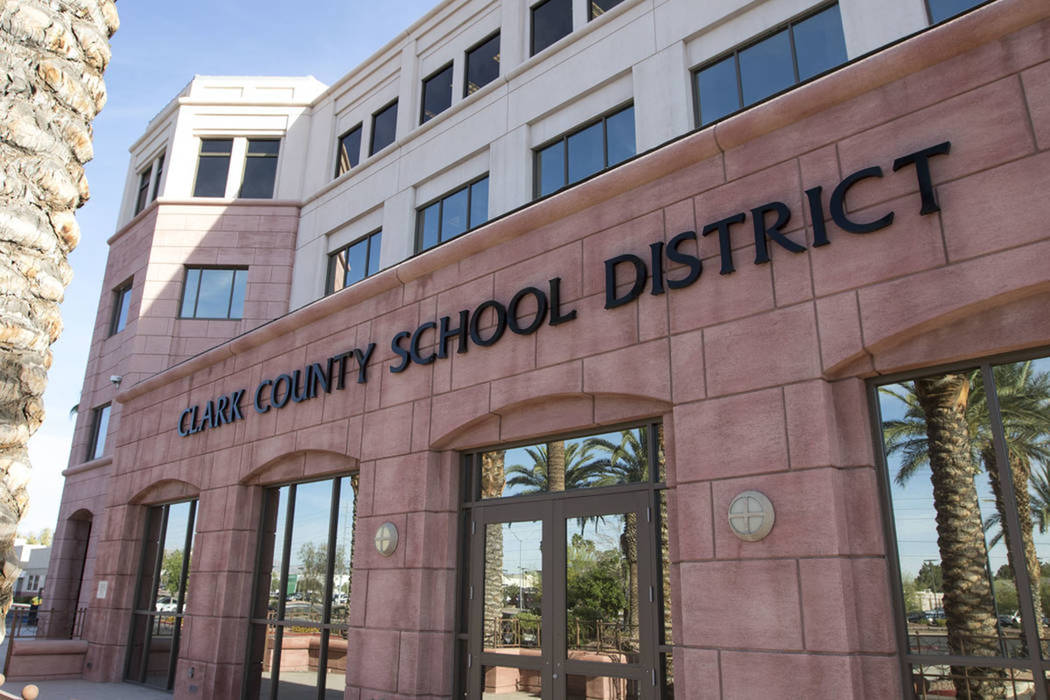EDITORIAL: CCSD says maintenance has been ‘mismanaged’ for years
While the Clark County School District was spending billions on new schools, the district was neglecting needed maintenance. That’s according to David McKinnis, the district’s chief of facilities.
“The maintenance side is grossly underfunded, mismanaged,” Mr. McKinnis, who started in April, told the School Board last week. “That in itself has put the district in a precarious position that we find ourselves today.”
Mr. McKinnis argues the district needs $5.4 billion for modernization, life cycle replacement and equity upgrades. That’s around $16 million per school, including schools that are less than 10 years old. It’s hard to take that amount seriously, especially with the district’s long history of exaggerating its facility needs. An official with the district’s Facilities Service Unit refused to share how district officials came up with the estimate.
But there remains plenty of evidence that the district does have a serious problem with maintenance. Shortly after taking the job, Superintendent Jesus Jara asked the Council of Great City Schools to review district operational services.
The group “found no evidence of a formal plan for predictive, preventive or routine maintenance programs.” Further, “no formal process identifies or prioritizes deferred maintenance projects. There was no replacement cycle plan for school-site mechanical equipment and other site needs,” according to its December 2018 report.
That’s not good. There was more bad news, too. The average cost of a routine maintenance work order was $766 in the district. The median cost in comparable school districts is $470.
That’s a serious shortcoming, and it’s a positive step that Mr. Jara brought in new leadership by hiring Mr. McKinnis. The predictable course, here, is to plead poverty and ask for more money. But perhaps it’s time to consider why higher education funding hasn’t previously led to higher maintenance spending. From 2013 to 2019, annual district spending on instruction increased from $1.6 billion to $1.9 billion. Its yearly operations and maintenance budget, however, increased only slightly, from $265 million to $273 million.
Blame collective bargaining for the disparity. Whenever the district has extra money available, collective bargaining laws give district unions first claim on that revenue. There’s no money to boost the maintenance budget when the system all but forces the district to spend its additional dollars on paying current employees more. Unless the Legislature walls off that money from collective bargaining, increased district funding won’t lead to a concurrent boost in the maintenance budget.
The district has many problems with maintenance, but truly fixing those problems requires systemic reforms beyond simply dumping more tax dollars into the schools.





























